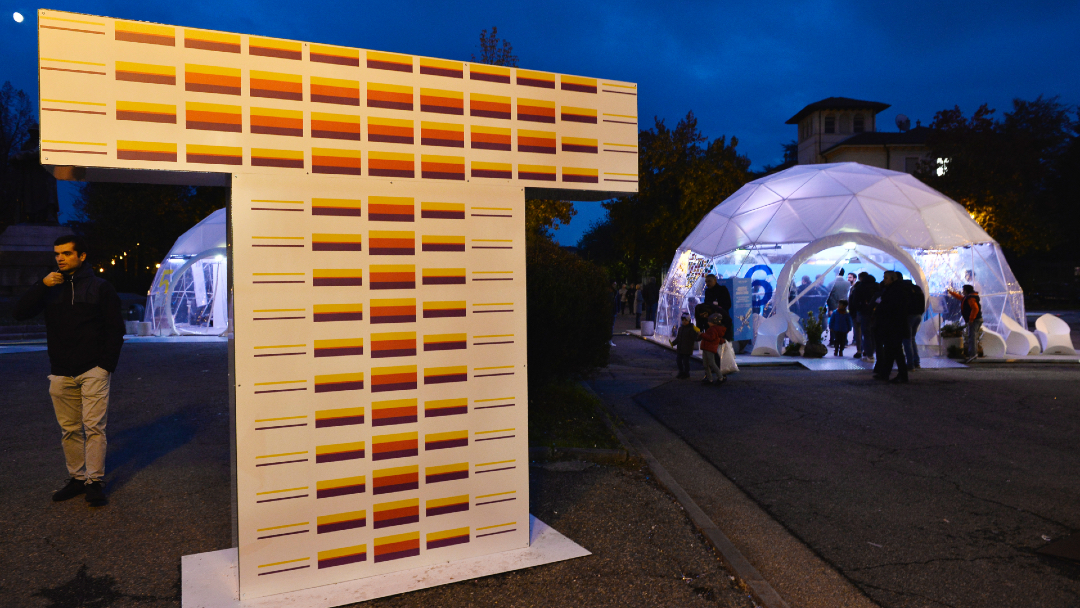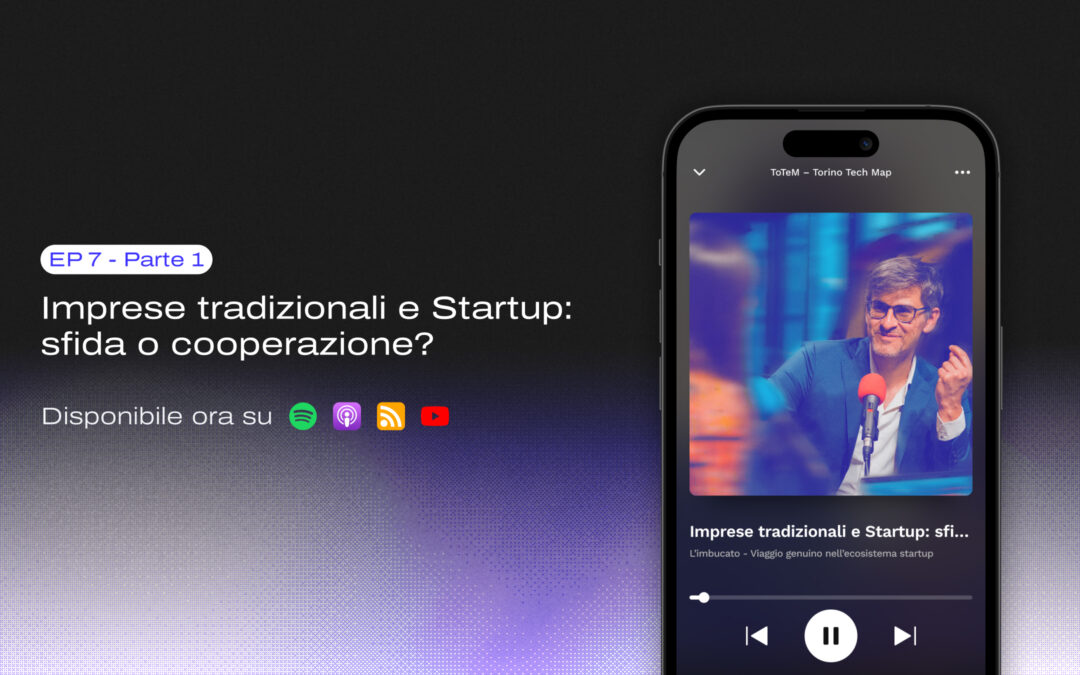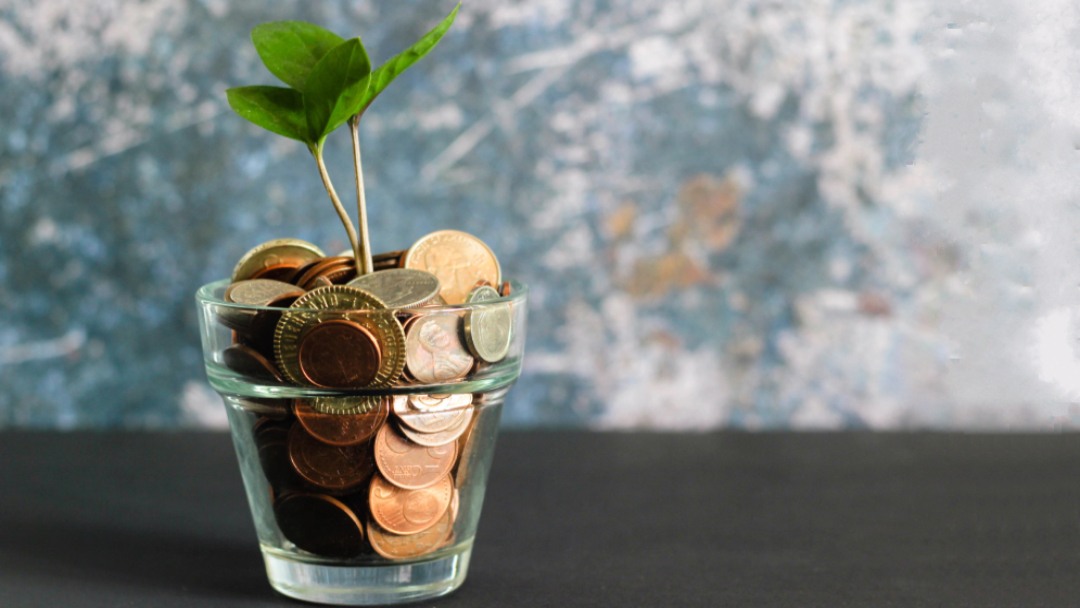Content extracted and reworked from the section "From 0 to startup in 5 episodes" by Italian Tech Speak
From the previous article, you should have learned how to identify the starting point of every business idea: the problem.
If you haven't read it yet go back: in this process skipping isn't allowed 🙂
If you are here now, it means that you have clear in mind a real, felt and proven problem, you know every aspect of it, you have studied it far and wide, investigating what are the current solutions, who are the actors involved, interviewing anyone who can offer a significant "insight", you have also put together a Point Of View and now we are ready to start with the idea.
Ready? Go!
HMW - How might we…?
An exercise widely used in Design Thinking is "How might we". To start, you have to put your PoV in the center and break it down in all its aspects, trying to reframe them starting from the question "how might we".
A very famous example of this exercise comes from Stanford d.school and starts with the challenge of rethinking the experience of waiting at the gate at airports.
The PoV says:
"Parents at airports gates need a way to entertain their playful children because they may annoy the other passengers waiting"
To find the right questions to ask, we can focus on one positive aspect of the problem:
How could we use the energy of children to entertain other travelers?
Or eliminate the potentially negative effect altogether:
How could we separate children from other travelers?
Question the assumptions why the problem exists:
How could we completely eliminate waiting time at the airport?
Or assume of change the status quo:
How could we make lively children less noisy and annoying?
How could we make waiting for the gate to open the interesting part of the trip?
Thinking about these questions is useful to have a guide wide enough to think of many possible solutions, but narrow enough to have boundaries and not to go off the path. Try to write as many as you can, take some time to do this exercise because it will be the basis for the next one: the brainstorming.
Finally brainstorming!
The long-awaited moment to think about possible solutions has arrived, but don't let yourself be overwhelmed: although brainstorming is an extremely creative and imaginative process, it is good to keep in mind some basic rules to avoid the most common mistakes.
Take a couple of hours, choose a space that makes you feel comfortable, that is stimulating and positive, arm yourself with a large piece of paper and hundreds of post-its, let's start.
- Make sure that all people involved in brainstorming know the outputs of the previous steps, so that you are all up to speed on the problem to solve.
- Use your HMW questions to stay on track and avoid going too far off target.
- Refrain from judgments and criticism: this is not the time to be a puppy shooter. Accept every idea that is proposed, however absurd and unrealizable, it helps the creativity of the group.
- Aim for quantity rather than quality: the goal is to propose as many ideas as possible. Do not interrupt the brainstorming at the first good idea, continue to propose crazy ideas, unrealizable, incorrect, illegal, failed, do not be afraid to think of everything, even the wrong idea can be the right starting point.
- And in this regard, build on each others' ideas, take inspiration from each other, and listen to each other.
After a couple of hours the result should be more or less this:

Sure nice, but somewhat confused. The first step to make order is to group all the similar ideas or that can be united because they belong to the same macro-idea, in this way you should get a more synthetic work without repetitions.
But let's make order
At this point we must establish a method to decide which of the many ideas that have emerged will be the one you are actually going to develop. The most effective way to do so, is to give yourself numerical parameters by which to measure the goodness of your ideas, for example:
- Problem-solution fit: Does the idea actually solve the problem? To what extent?
- Market: is there a market for the product / service you have thought of? Would someone be willing to pay to use your idea?
- Innovation: is the idea actually different from existing solutions?
There may be many other parameters, even more detailed, useful to determine the validity of ideas formulated during brainstorming, the important thing is to make them measurable, giving each parameter a grade from 0 to 5.
Once you have voted individually or as a team all the ideas of the brainstorming, add the parameters of each one and make a ranking of your 5 best ideas.
At this point, each team member has to draw on a piece of paper the idea they prefer, no matter the quality of the drawing, the point is to visually convey the features and functionality you imagine for your product or service. One at a time, present the drawing to the team, gather feedback from everyone and answer questions and doubts.
Time for decisions
Now you should have all the necessary elements to choose as a team what is the idea you want to focus on, but if you have incompatible opinions, you can always use the zen-voting technique, where everyone chooses their favorite idea, writes it on a sheet of paper and puts it in an envelope, the majority will win.
Now the idea has been chosen, ready to start production? Not so fast, it is not sure that all our assumptions are right: this is the perfect time to test everything with a prototype.
How to do it? Keep following your guiding spirit and soon you will have all the instructions for the next step!









